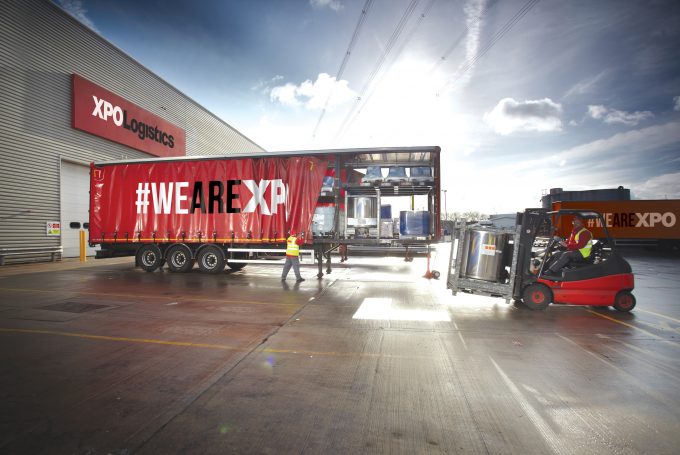Conf call redux: does Kuehne + Nagel know its toys from its teus?
Yo bro, where’s the growth?

XPO Logistics this week reported its first full-year profit. It follows a sustained attack on its cost base which concluded several years of high-profile acquisition activity.
The company made a net profit of $63.1m, compared with a 2015 net loss of $245.9m, on revenues of $14.62bn – growth of 92% on 2015 turnover.
Chief executive Bradly Jacobs told The Loadstar cost control in some divisions had combined with strong organic growth in others.
“We had strong organic growth in last-mile and European contract logistics, both driven by e-commerce; while our North American LTL business saw year-on-year operating income in the fourth quarter grow by 40%.”
However, that growth did not come about as a result of winning market share, he said.
“In fact, our tonnage was actually down 1.7% during the quarter. The reason we did such a good job was that we took out a lot of cost and began to realise the synergies from the Con-way acquisition – for example, not one of the Con-way LTL stations had a proper P&L, so we have rolled that out across the organisation and installed a culture of accountability.”
The growth of its last-mile operations in North America has persuaded XPO to being the service to Europe, and Mr Jacobs said it was piloting a programme with UK, Dutch and Irish retailers to introduce a “white glove” last-mile business-to-consumer heavy goods delivery service.
“We are hoping to import a little of our ‘secret sauce’ to European e-commerce,” he told The Loadstar.
Not every part of the business did so well, he acknowledged, with expedited volumes described as “soft”, and the intermodal business also weak.
The company’s transport segment generated total revenue of $2.33bn for the quarter, compared with $2.1bn for the same period in 2015, and adjusted EBITDA improved by 40% to $211.9m, compared with $151.4m a year ago.
Its logistics segment generated total revenue of $1.38bn for the quarter, compared with $1.27bn for the same period in 2015, and adjusted EBITDA improved to $108.6m, compared with $98.5m.
However, the complete absence of any merger and acquisition activity for almost a year and a half also had a significant effect, as the company now looks to increase its free cash flow and reduce its debt pile.
“We have issued guidance that our cumulative free cash flow will rise to $350m at the end of this year and further to $900m by the end of 2018.
“Last year we had a free cash flow of $211m, and the bridge to achieving $350m by the end of this year is basically on the back of three things: rising EBIDTA; the reduction of one-time M&A costs, as we have stopped acquiring; and our interest expenses are down, because of the refinancing we did last year and because we have used our free cash flow to pay down debt,” Mr Jacobs explained.
He reiterated that the company’s main focus was now on integrating its acquisitions and driving organic growth.
“The focus is on the top line now – eventually we will go back to merger and acquisition activity, but certainly not in the near future.”
Comment on this article